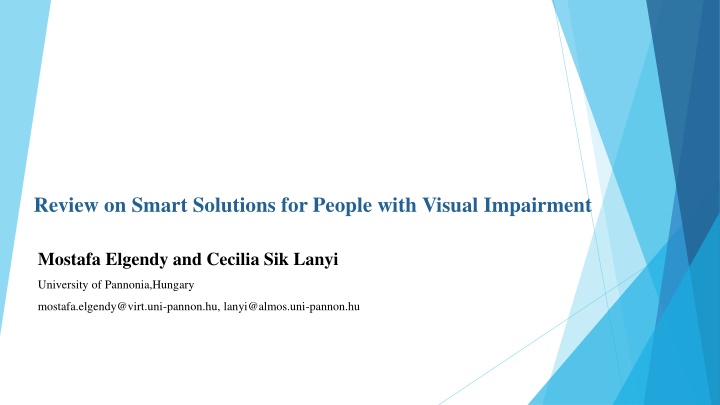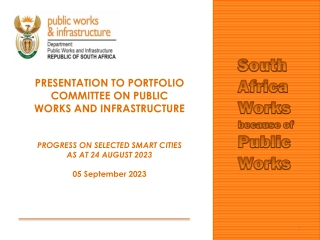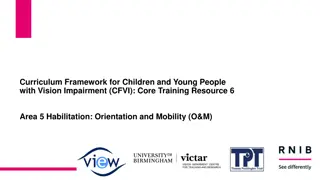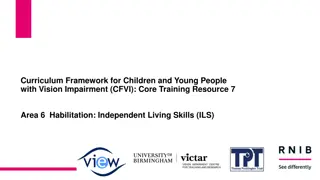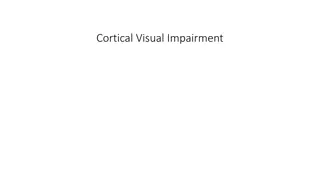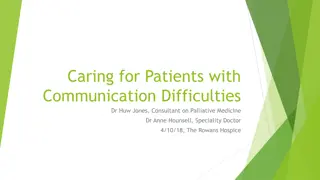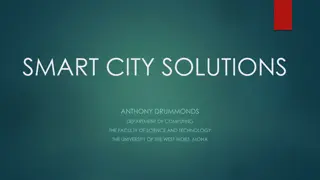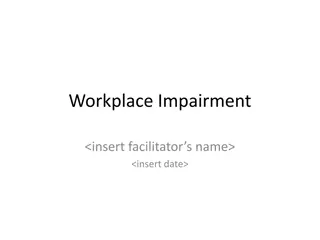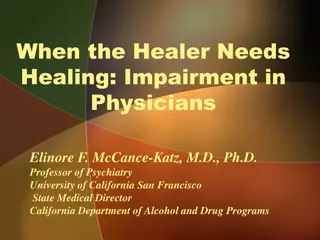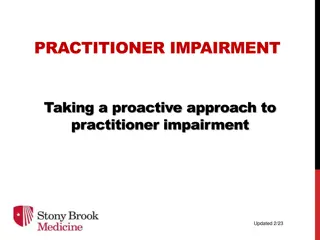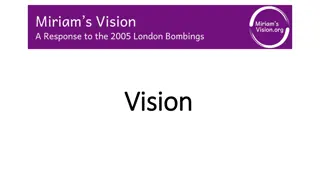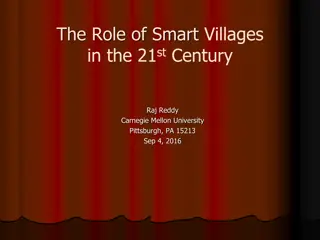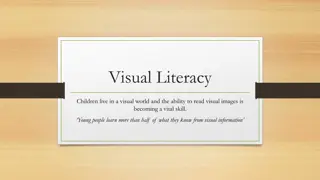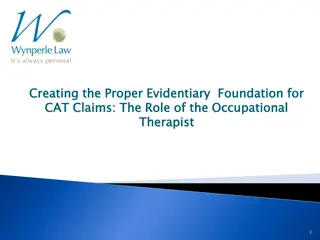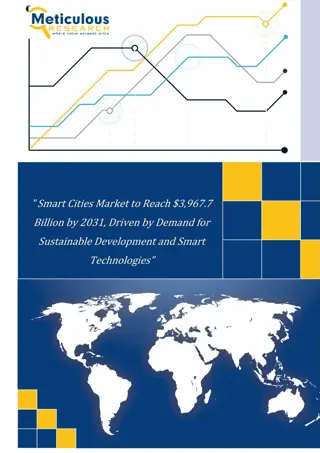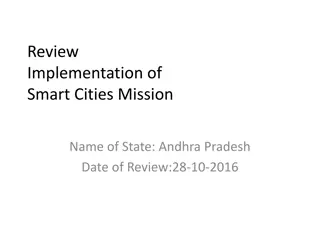Review on Smart Solutions for People with Visual Impairment
This review explores the use of Mobile Assistive Technology (MAT) to develop innovative solutions for individuals with visual impairment. By leveraging mobile technologies, such as GPS, sensors, and computer vision, these solutions aim to improve autonomy, safety, and social inclusion for users. The literature review delves into various MAT applications and technologies that enable navigation both outdoors and indoors, as well as obstacle detection features. Join us on this journey to discover the potential impact of smart solutions for those with visual impairment.
Download Presentation

Please find below an Image/Link to download the presentation.
The content on the website is provided AS IS for your information and personal use only. It may not be sold, licensed, or shared on other websites without obtaining consent from the author.If you encounter any issues during the download, it is possible that the publisher has removed the file from their server.
You are allowed to download the files provided on this website for personal or commercial use, subject to the condition that they are used lawfully. All files are the property of their respective owners.
The content on the website is provided AS IS for your information and personal use only. It may not be sold, licensed, or shared on other websites without obtaining consent from the author.
E N D
Presentation Transcript
Review on Smart Solutions for People with Visual Impairment Mostafa Elgendy and Cecilia Sik Lanyi University of Pannonia,Hungary mostafa.elgendy@virt.uni-pannon.hu, lanyi@almos.uni-pannon.hu
Content Introduction & Problem statement Literature review Problems 2 2
Introduction Over a billion people are estimated to be living with disabilities. More than 285 million people with visual impairment. About 81% of them are aged 50 years and above. 3 3
Introduction People with visual impairment face a lot of difficulties during their daily activities. The lack of support services Making them overly dependent on their families. Preventing them from being active and socially included. 4 4
Introduction Mobile technology are becoming popular in recent years. More than 60 % of users in the world use mobile technology and this number is increasing every year . 5 5
Introduction Mobile technologies have a wide range of capabilities like, Wi-Fi, cameras, storage and GPS. 6 6
Problem Statement Researchers used mobile technology with assistive technology to develop new smart solutions for people with visual impairment. Mobile Assistive Technology (MAT). MATs have the potential to: Enhance the quality of life for people with visual impairment via improved autonomy and safety. Encourage and push them to travel outside their private environment and to interact socially. 7 7
Literature Review A lot of researches within the field of MATs 8 8
Navigation Outdoor : GPS, Inertial Navigation System (INS) Computer vision techniques. Smartphone sensors (gyroscope and its compass) to assist walking on a straight line. Indoor: Map using graphs. Access Points (AP) instead of GPS. RFID, QR codes. Markers detected by mobile phones or Smart glasses. Obstacles Detection: Ultrasonic sensor: to detect distance from obstacles. Inertial Measurement Unit(IMU): to measure user orientation 10
Shopping Shopping preparation: Optical character recognition (OCR). Test to speech and speech to text. Navigation & Product Identification: RFID QR codes Markers. Computer vision 11
Smart Homes Home control: Controller board like Raspberry Pi and ARDUINO. WI-FI, Bluetooth and GSM 12
Smart Homes Object identification: Marker, RFID, QR codes. Computer vision techniques. 13
Problems Time for communication between mobile device and the server need to be minimized. Using computer vision module need a lot of processing, so is better to use cloud computing to give better performance. Feedback latency needed to be reduced so the system will be more effective. 14 14
Problems Algorithms accuracy needed to be improved as it failed to detect small obstacles. Recognition accuracy should be increased. 15 15
Summary Introduction & Problem statement Literature review Problems 16
